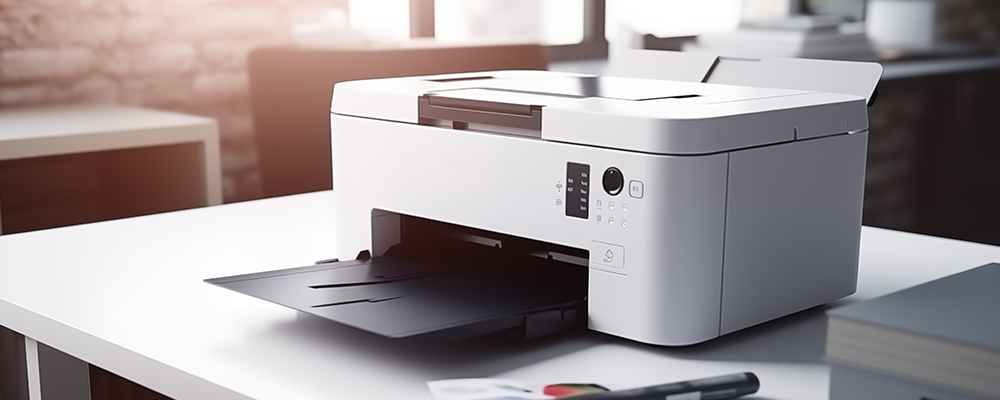The Best Printer Settings for Printing Sheet Labels

Printing sheet labels can be a breeze when you know how to optimize your printer settings. By tweaking a few key settings, you can achieve crisp, clear labels every time. Here’s how to get the best results.
1. Choose the Right Paper Type
First, make sure your printer knows you’re using labels. In your printer settings, select the paper type that matches your labels. Many printers have a specific “Labels” option, which adjusts the print settings for thicker paper. If your printer doesn’t have this option, choose a heavy paper or cardstock setting to ensure the printer feeds the label sheet correctly and applies the right amount of ink or toner.
2. Set the Correct Print Quality
For sharp and clear labels, set your print quality to “Best” or “High.” While this might slow down the printing process slightly, it ensures that the text and images are crisp. Avoid using the “Draft” mode, as it can result in lower quality prints that may not be as readable or professional-looking.

3. Adjust the Paper Size
Make sure the paper size in your print settings matches the size of your label sheet. Most label sheets are standard sizes like 8.5 x 11 inches, but double-check to avoid misalignment. If your labels are a custom size, input the exact dimensions to ensure proper alignment.
4. Use the Right Printer Tray
If your printer has multiple trays, use the manual feed or bypass tray for your label sheets. This tray usually has a more direct path through the printer, reducing the chances of jams or misfeeds, especially with thicker label sheets.
5. Align Your Labels Correctly
Before printing, always do a test run on plain paper to ensure your design aligns correctly with the labels. If your labels are off-center or misaligned, adjust the margins or use your printer’s alignment tools to fix the issue. Most label design software has a test print feature that allows you to check alignment without wasting labels.
6. Double-Check Printer Calibration
If you notice that your labels are printing slightly skewed or not lining up perfectly, it might be time to calibrate your printer. Calibration ensures that the print heads are properly aligned, which is crucial for precise printing on labels. Follow your printer’s manual for calibration instructions.
7. Print One Sheet at a Time
To avoid jams and ensure the best quality, print one sheet at a time. Feeding multiple sheets can cause jams or misalignments, especially with thicker label sheets. Taking a little extra time to print each sheet individually can save you from wasting labels and ink.
8. Use the Correct Template
When designing your labels, use the correct template that matches your label sheet. Many label manufacturers, like Avery, provide free downloadable templates that are compatible with popular software like Microsoft Word or Adobe Illustrator. These templates ensure that your design aligns perfectly with each label on the sheet.
9. Let the Ink Dry
After printing, give the labels a few minutes to dry before handling them. This is especially important if you’re using an inkjet printer, as the ink can smudge if touched too soon. Laser-printed labels dry almost instantly, but it’s still good practice to handle them carefully right after printing.
10. Store Labels Properly
Finally, store your label sheets in a cool, dry place to prevent them from curling or becoming damaged. If labels are exposed to humidity or heat, they can warp, leading to misfeeds or jams when printing. Keeping them in their original packaging or a sealed container will maintain their quality.
Final Tips for Perfect Labels
Getting the best results when printing blank labels by the sheet is all about using the right printer settings and handling the labels carefully. By choosing the correct paper type, adjusting the print quality, and ensuring proper alignment, you can achieve professional-looking labels every time. For a wide selection of high-quality printable label sheets and more tips on label printing, you can count on Label Blanks. From half sheet labels to full sheet label paper, we've got you covered with a variety of sheet label options. With the right settings and a little attention to detail, your labels will look sharp, clear, and ready to use.

